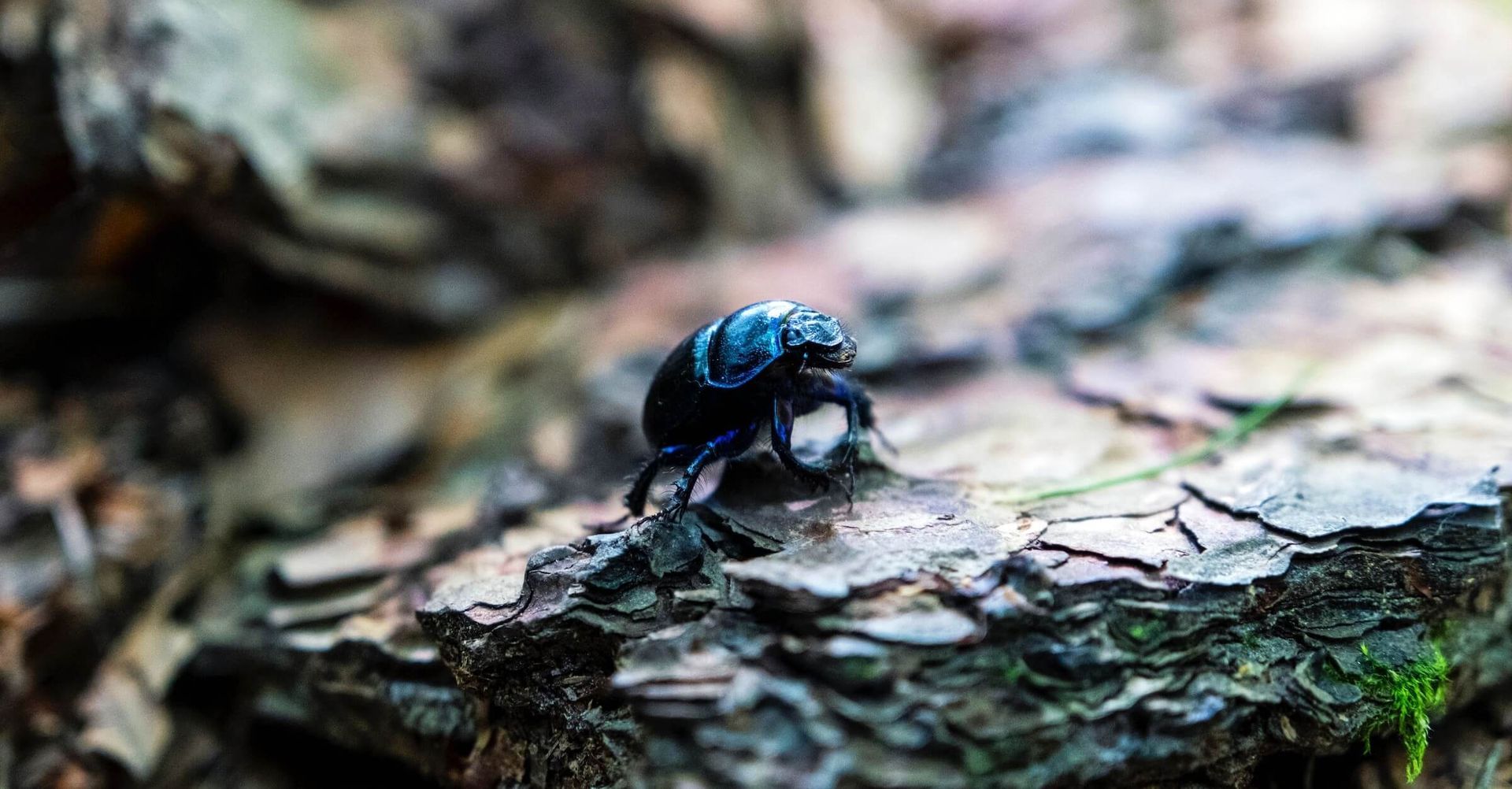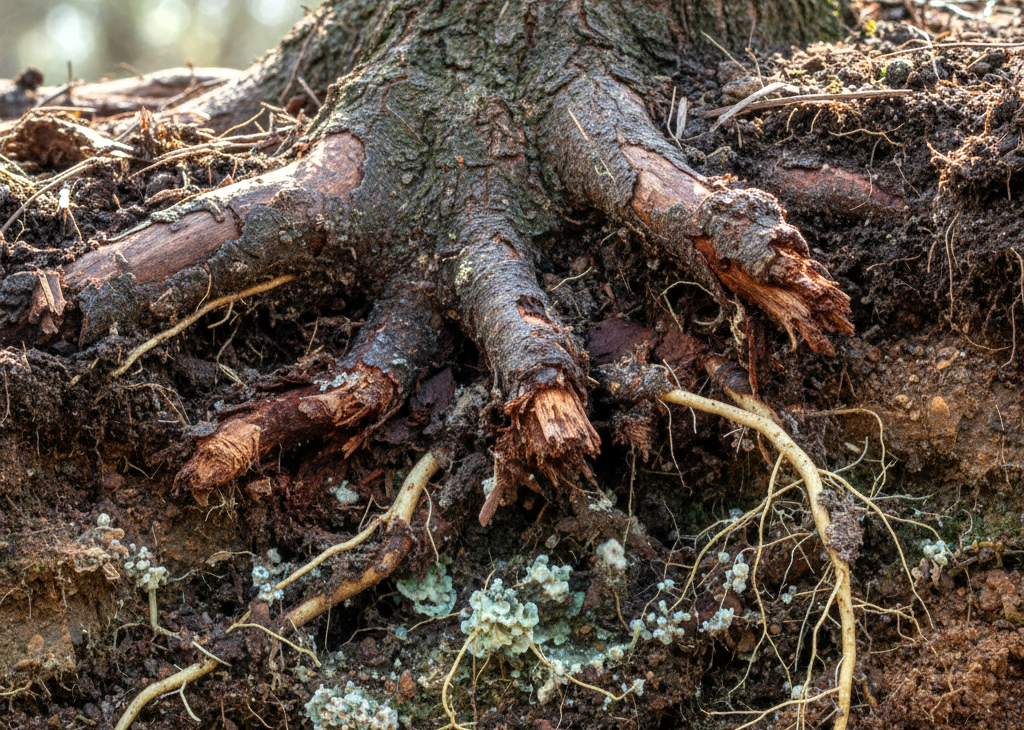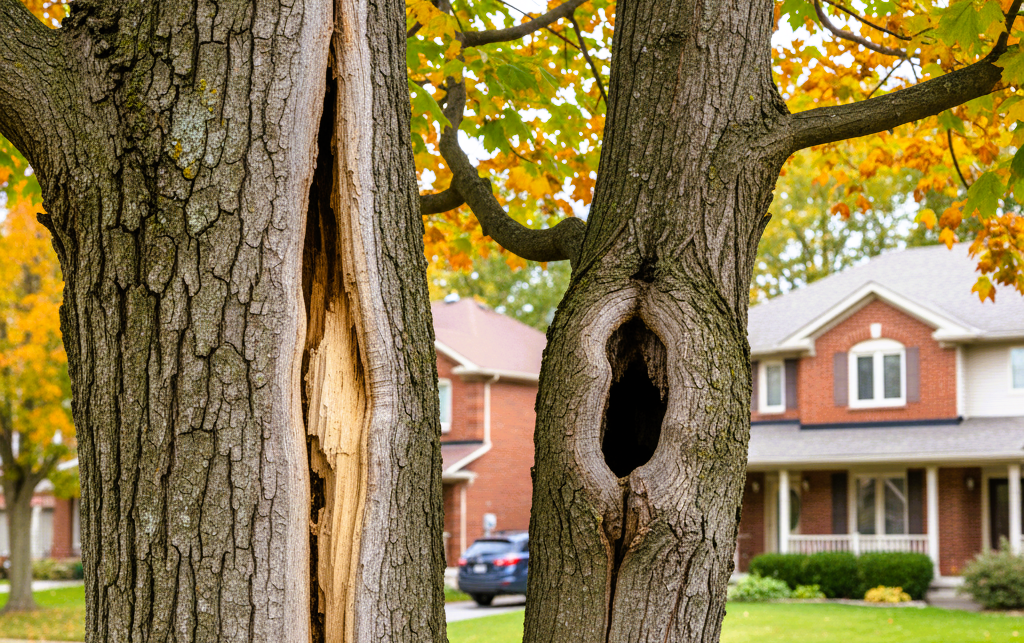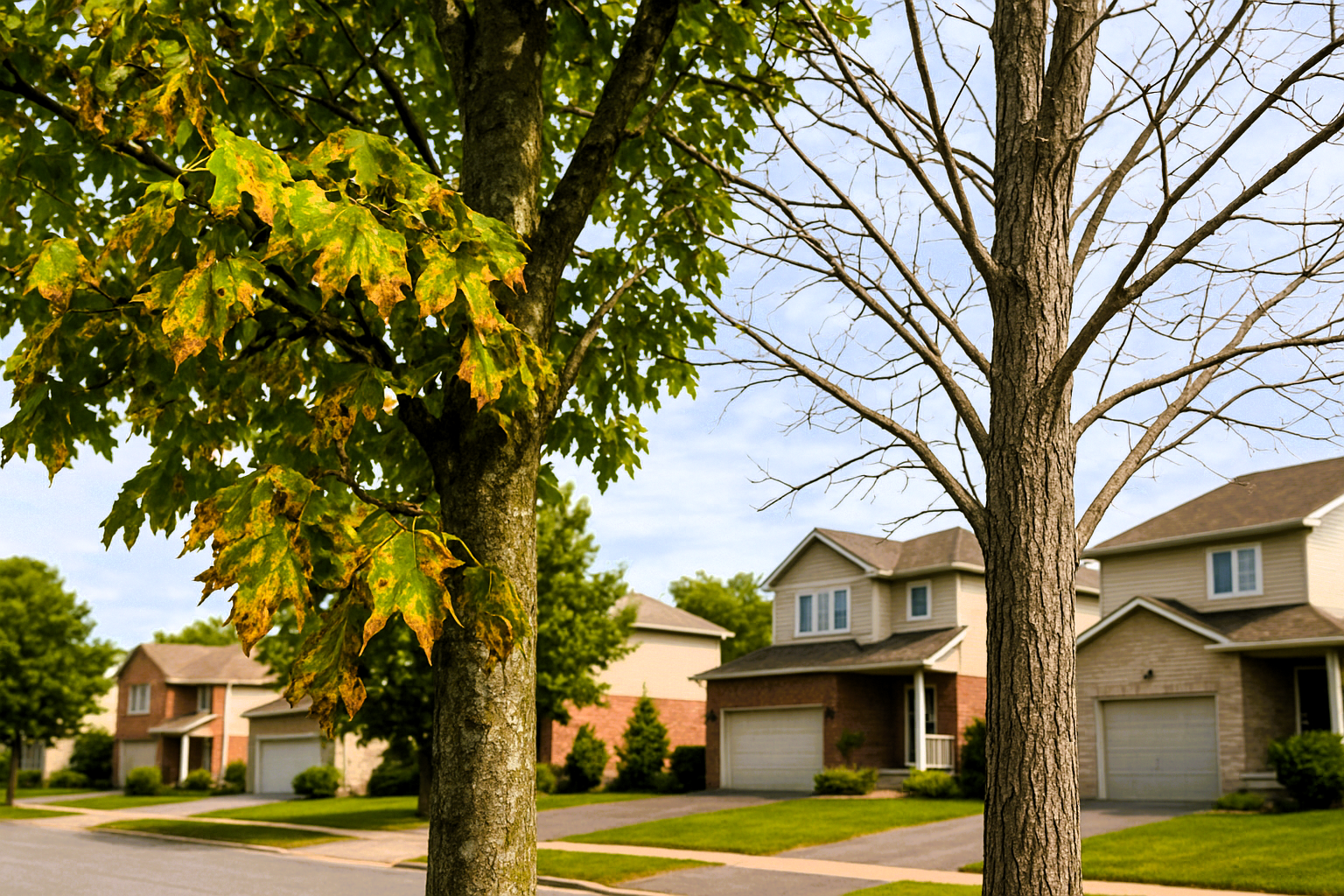Pests On Trees You Need To Know & How To Get Rid Of Them
Watch out for these common tree pests and protect your trees.

Trees are living beings that provide us many things. From cleaner and safer air to breathe to food and shelter, we owe a lot to the trees. Therefore, caring for them is a must. As they give us what we need and more, we care for them in return by watering them and giving them fertilizers when they need them.
However, caring for them requires more than the basics. Other factors, such as the weather, disease, and pests, also contribute to the destruction of your trees. We’ll teach you how to care for your trees and protect them from these factors, but it’s best to focus and tackle each, one by one.
In this blog, we’ll tell you the common pests on trees you need to know about and how to get rid of them.
Gypsy Moth
This type of moth is considered to be a serious threat to trees for being a voracious eater with few predators. Like every caterpillar, they’re known to eat and eat until they start to hit their pupa stage. However, it will take some time before they get to that phase, and moths and butterflies lay a lot of eggs in trees, shrubs, or plants.
One gypsy moth larvae can eat at least a square foot of tree leaves in a day. That already sounds stressful and devastating to a tree. But there’s no such thing as only one gypsy moth larva feeding on a tree. So imagine a whole group of them feeding on just one tree? Some hardy trees may survive an infestation, but it will leave them weak and vulnerable to other pests and diseases. If left alone, your tree might end up dying.
Even though gypsy larvae can survive eating almost any tree, they prefer elm, oak, maple, willow, birch, and apple trees. Adult moths usually arrive in the middle of summer, so it's best to be alert during those times to see if they’re in the vicinity to lay any eggs.
What to Do:
- Daily care of your tree, such as watering, providing fertilizer, and pruning, is essential. This will strengthen your tree’s health and withstand an infestation. Doing such care daily will enable you to detect signs of infestation as well.
- If you spot gypsy moth eggs on your property, you can drown them in kerosene or burn them.
- You can also use an oil insect spray in the late fall. You can follow up with another spray in early spring before your tree develops leaves.
Tree Scales
Scales are insects that feed off of trees and other plants by sucking the sap. Not all species of scales are harmful to trees, but some can have devastating effects in their wake. Tree scales look like small bumps on twigs and branches, making them hard to detect.
Tree scales come in two types: Soft and Armored (Hard). Both of them use their needle-like proboscis (mouth) to suck out sap from the trees.
Soft scales are known to produce a sugary liquid called honeydew. They are larger than armored scales and are shaped like rounded bumps. They don’t have a shell, but they protect themselves by secreting a waxy or cotton-like substance all over their bodies.
Armored scales, on the other hand, don’t produce honeydew. They look like flattened spheres and have a hard protective shell around them. Some armored scale types include pine needle scale, oyster shell scale, and more.
Here are some signs that your tree is suffering a tree scale infestation:
- You’ll notice some branches are covered in tiny bumps, which are actually the insects.
- Your tree will undergo premature leaf drop and will have yellow or brownish leaves.
- Soft scale infestations will have sticky honeydew below the infected tree. The honeydew can attract ants, flies, and more, which can be detrimental to your tree’s health.
What to Do:
- Make a daily habit of caring for your trees, such as watering and pruning them. By doing so, you can inspect your trees for any signs of infestations along the way.
- At the first sign of scales, prune back an infested twig or branch as soon as possible.
- The presence of their natural predators, such as ladybugs and lacewings, can be used to detect if your tree has scale infestation.
- Insecticides such as oils and soap can be a less toxic method in getting rid of tree scales than chemical treatments.
Emerald Ash Borer
These beetles were accidentally transported from wood or wood packing materials from their point of origin, which is Asia. These pests have been the death of millions of trees. Black, white, and blue ash trees are the common victims of these pests. Emerald ash borers can be identified from their elongated bodies with bright green metallic-like color.
Female emerald borers lay their eggs in the bark of trees. Once the eggs hatch, the larvae will start eating under the bark, creating S-shaped craters in their wake. Their craters cut off the water and nutrients that flow from the roots up to the leaves, causing the tree’s imminent death if left alone.
Signs will show that your tree is infected with this type of pest by the following:
- Your tree will suffer yellow and wilted leaves. The branches on top of the tree’s canopy will also start thinning.
- Vertical splits in your tree’s bark and D-shaped holes will be noticeable. Once the splits in the bark open, you’ll see the S-shaped depressions made by the larvae. And when larvae turn into adult beetles, they’ll emerge from the bark and leave D-shaped holes.
- Woodpeckers would be a common sight in trees with emerald ash borer infestations. This is because they feed on the larvae. You’ll know woodpeckers are in the vicinity when they leave holes in your tree, or you notice missing strips of bark here and there.
What to Do:
- Treating infested trees from these pests isn’t always effective. Therefore, it’s best to prevent infestation rather than treat it. It’s recommended that heavily infested trees be removed by a professional.
- One prevention method you can use is to apply an insecticide that contains the ingredient imidacloprid into the soil near the tree roots. You can also inject the insecticide directly into the trunk, which can destroy larvae colonies.
You might notice that most suggestions here emphasize that prevention is key, and it is. Therefore, it’s essential not to neglect caring for your trees. A healthy tree can fight off pests and diseases and won’t succumb to them quickly.
If you notice your tree has signs of an infestation,
call us at Kanata Tree Service Masters! Our reliable and expert arborists can identify and rid your trees of any pests.


